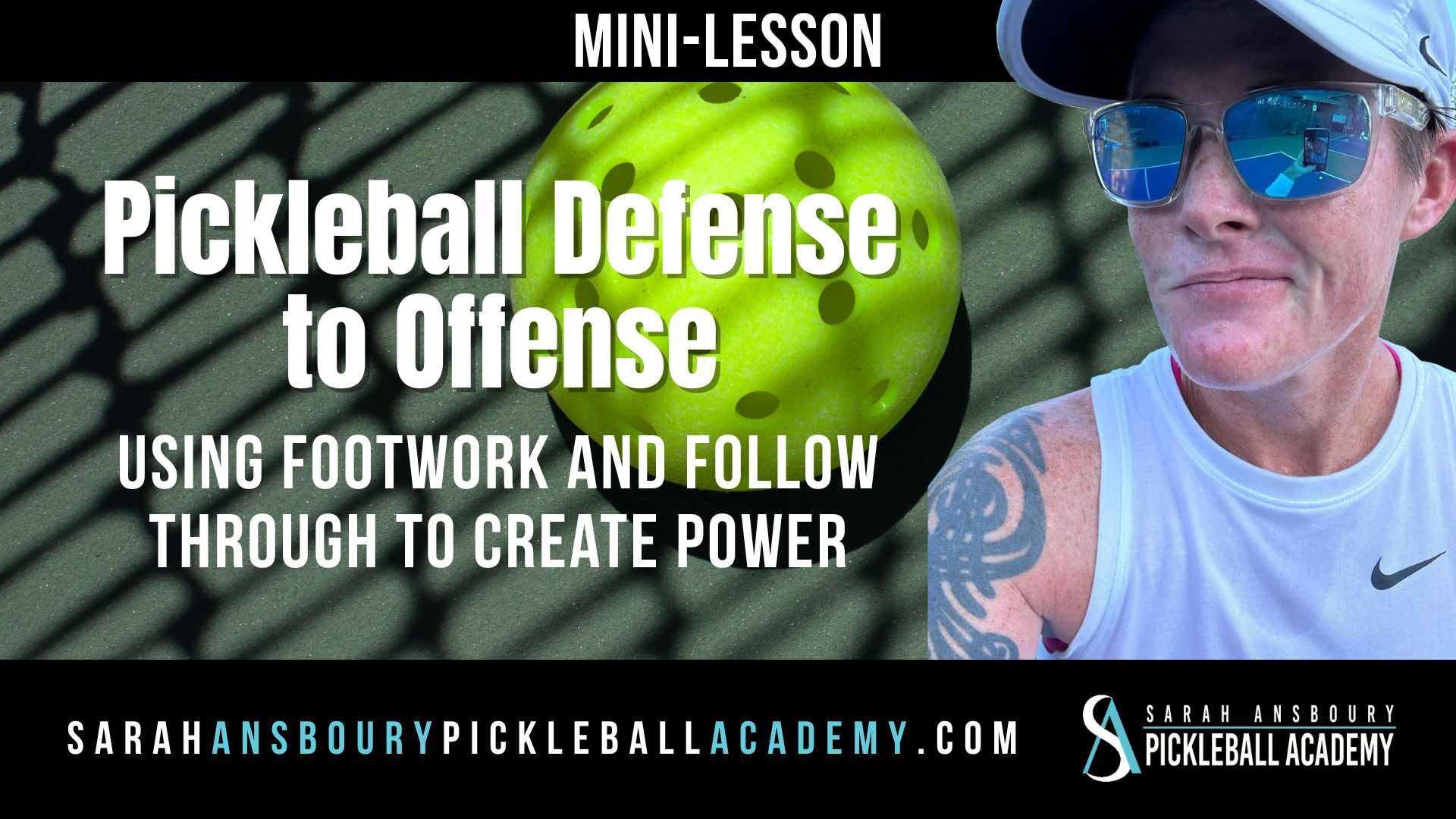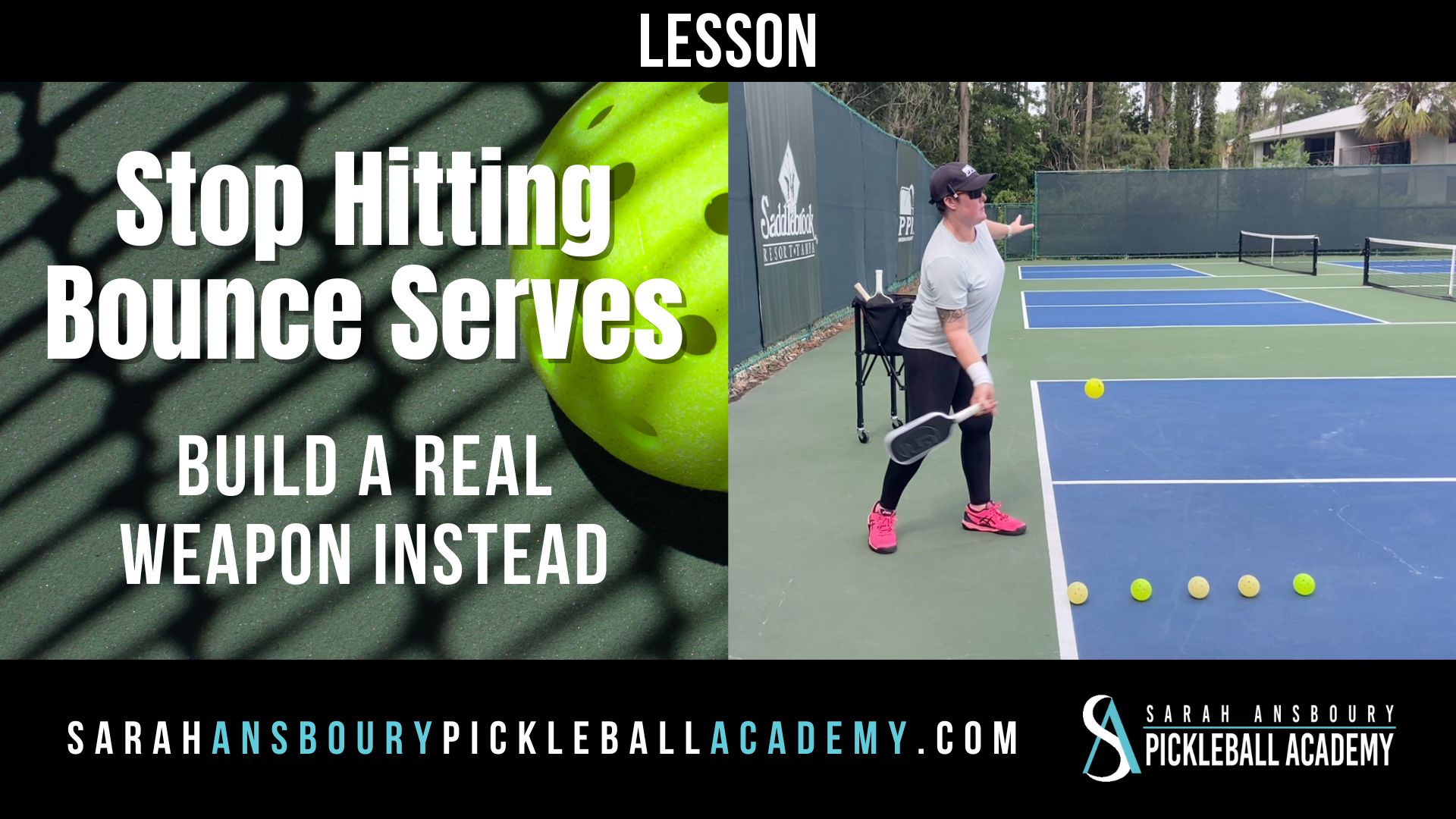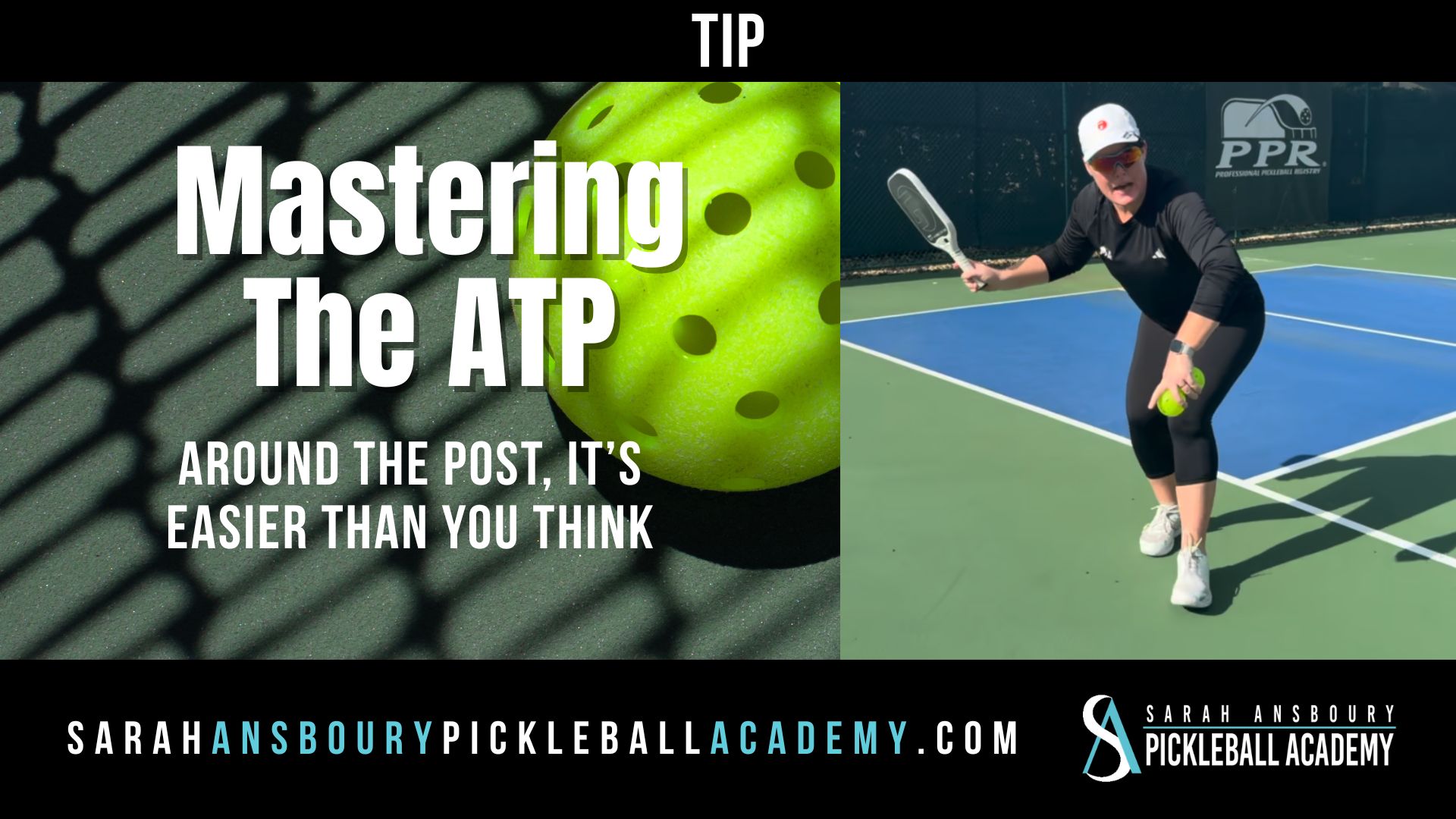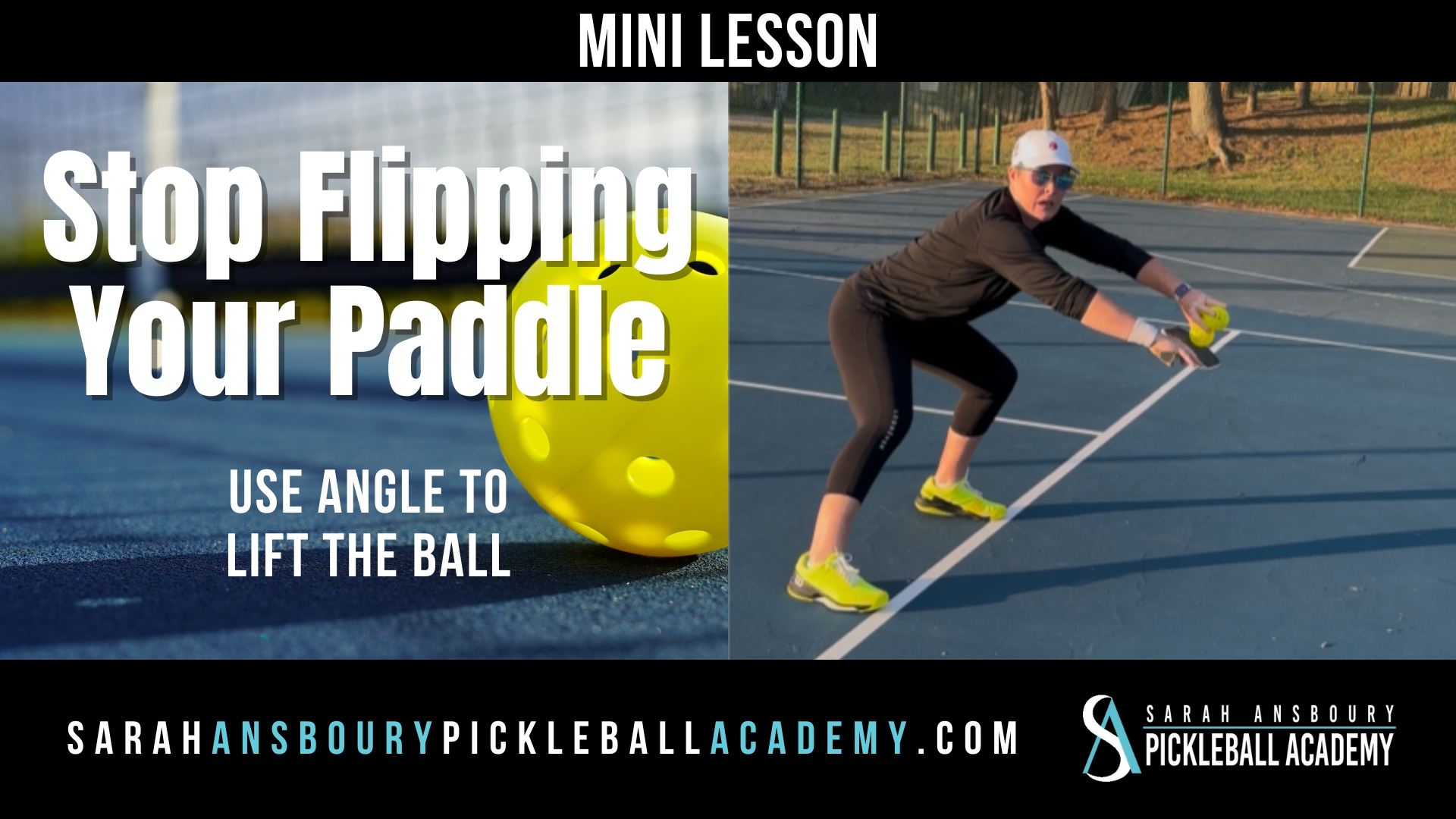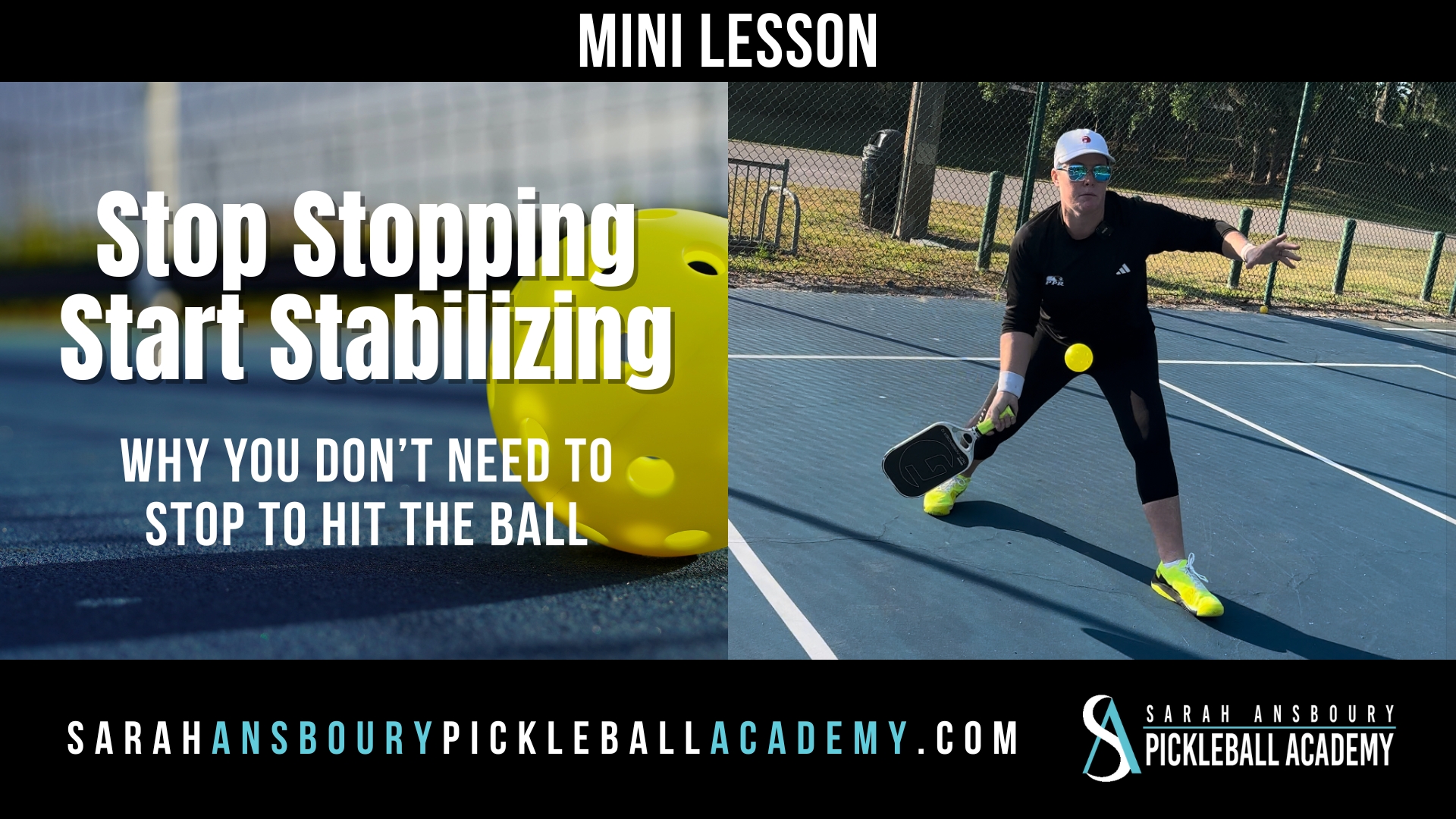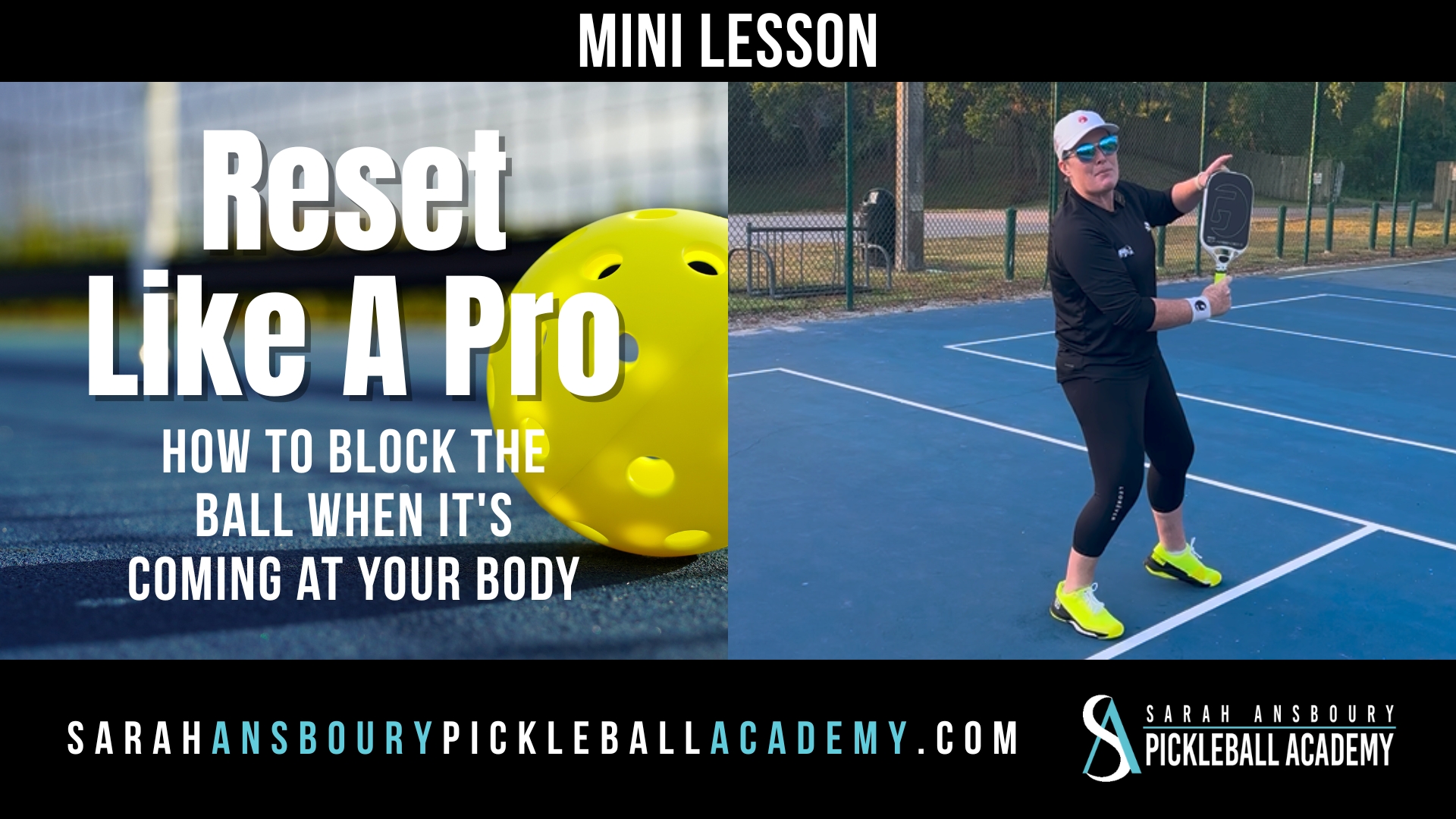Key Tips to Take Control at the Non-Volley Zone
When it comes to improving your short game in pickleball, think offense. By shifting your mindset and focusing on a few strategic points, you can win more points at the NVZ and maintain control over the game. Here are three essential tips to make your short game more effective:
1. Take the Ball Out in Front
First and foremost, always aim to take the ball out in front of you. This proactive positioning is crucial for maintaining your stance and controlling the tempo of the game. When you hit the ball in front of you, you create opportunities for misdirection and quicker attacks.
Practical Tip:
- Maintain Position: Keep your paddle in a forward position to ensure you have control over the ball and can react swiftly to your opponent’s moves.
- Observe and React: Hit a shot to your opponent’s left foot and see how they respond. If they struggle, repeat the shot. This helps you gather data and decide the best strategic shots to play.
2. Make Strategic Choices
It’s essential to have a clear target for each shot rather than just hitting the ball and hoping for the best. This approach allows you to control the game by manipulating your opponent’s position and creating opportunities to exploit open spaces.
Practical Tip:
- Data Collection: Pay attention to how your opponent reacts to each shot. For example, if you hit to the inside of the court and they struggle, use that information to plan your next move.
- Air vs. Bounce: Decide whether to take the ball in the air or let it bounce based on the situation. Taking it in the air can speed up the game, but letting it bounce can give you more time to observe your opponent’s positioning.
3. Keep Your Head High
One of the most critical aspects of maintaining control and improving your short game is keeping your head up. Many players tend to drop their heads to watch the ball, which compresses their bodies and limits their visibility and reaction time.
Practical Tip:
- Maintain Vision: Keep your head up to see your opponent’s movements and anticipate their shots. This position allows you to stay in a forward stance, making it easier to maintain control and execute precise shots.
- Avoid Wrist Engagement: Keeping your head up prevents your body from compressing and engaging your wrists instead of your shoulders, which can lead to less controlled shots and more opportunities for your opponent to counterattack.
By incorporating these three tips into your game, you can take your short game to the next level. Remember, the key to an effective short game is maintaining control, making strategic decisions, and always being aware of your opponent’s positioning. Keep practicing these strategies, and you’ll find yourself winning more points at the NVZ. Happy playing!

